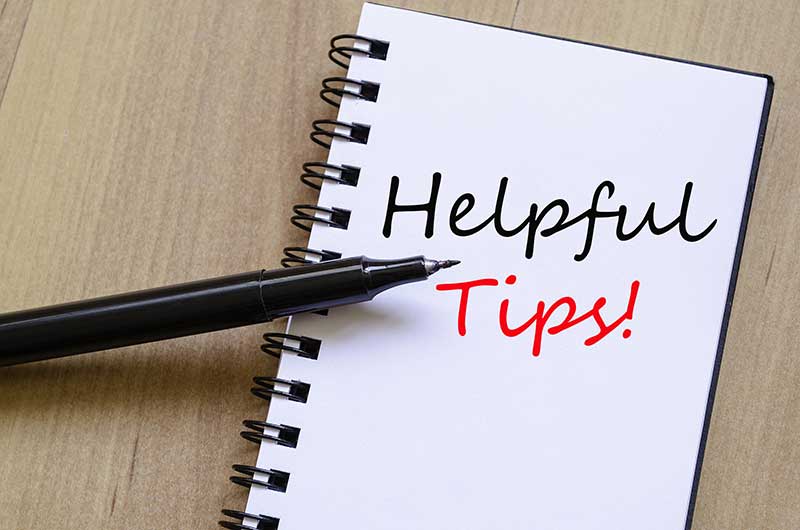/multicolored-brick-wall-89547648-59a70f25af5d3a001168912e.jpg)
A Guide to Asymmetrical Balance in Graphic Design
A Guide to Asymmetrical Balance in Graphic Design
Good design doesn't have to be symmetrical
An asymmetrical graphic design is typically off-center or is created with an odd or mismatched number of disparate elements. An asymmetrical design is not unbalanced, it just doesn't create neatly divided or identical page halves. You can have an interesting design without perfect symmetry.
Asymmetry in Page Layout
With asymmetrical balance, you unevenly distribute the elements within the format, which may mean balancing a large photo with several small graphics. You create tension by intentionally avoiding balance. Asymmetrical balance can be subtle or obvious.
Uneven elements present us with more possibilities for arranging the page and creating interesting designs than do perfectly symmetrical objects. Asymmetrical layouts are generally more dynamic; by intentionally ignoring balance, the designer can create tension, express movement or convey a mood such as anger, excitement, joy, or casual amusement. It's challenging to create an asymmetric design, but when you do it right, the design is eye-catching.
How to Create an Asymmetric Design
While the tendency of most designers is to design symmetrical designs without thinking much about it, you'll need to put a little more thought into asymmetrical designs. Experiment with the elements you have to work with — text, images, space, color — until you have a design that feels right to you.
Create balance in your asymmetric design so that one part is not much heavier than the rest. It is fine to use a large image as long as the design balances it with space, text, or other elements. The eye of a viewer will go to the large image first and then travel to the text or other balancing elements.
Use white space to isolate one element from another.
Add focus to an element with color.
Use movement. The eye follows arrows or a shape that points in a direction. A viewer's eyes will look in the same direction as the eyes of a model in an image look. If the model in your design is looking to the right, so will your viewer.
Use a grid to judge how well your asymmetric design is balanced. When you add an element to one side of the grid, look for the element, space, or color on the other side that balances it. For example, a page layout with staggered headlines or several small graphics on one side of the page can be balanced with a single large image or graphic on the other side.
Asymmetrical balance is interesting. It feels modern and full of energy. The relationships between the elements of the design are more complex than you find in symmetric designs, but the resulting design is more likely to attract the attention of a viewer than asymmetric design.
Asymmetry in Folds and Die Cuts
A print document may be asymmetrical in other ways. A folded piece with distinctly uneven panels has asymmetrical folds, such as French folds. The shape of a die-cut or the shape of a package where the left and right or top and bottom do not mirror images is asymmetrical.

/artists-drawing--working-at-modern-office-525809220-5a8d9c5ac06471003713612c.jpg)







